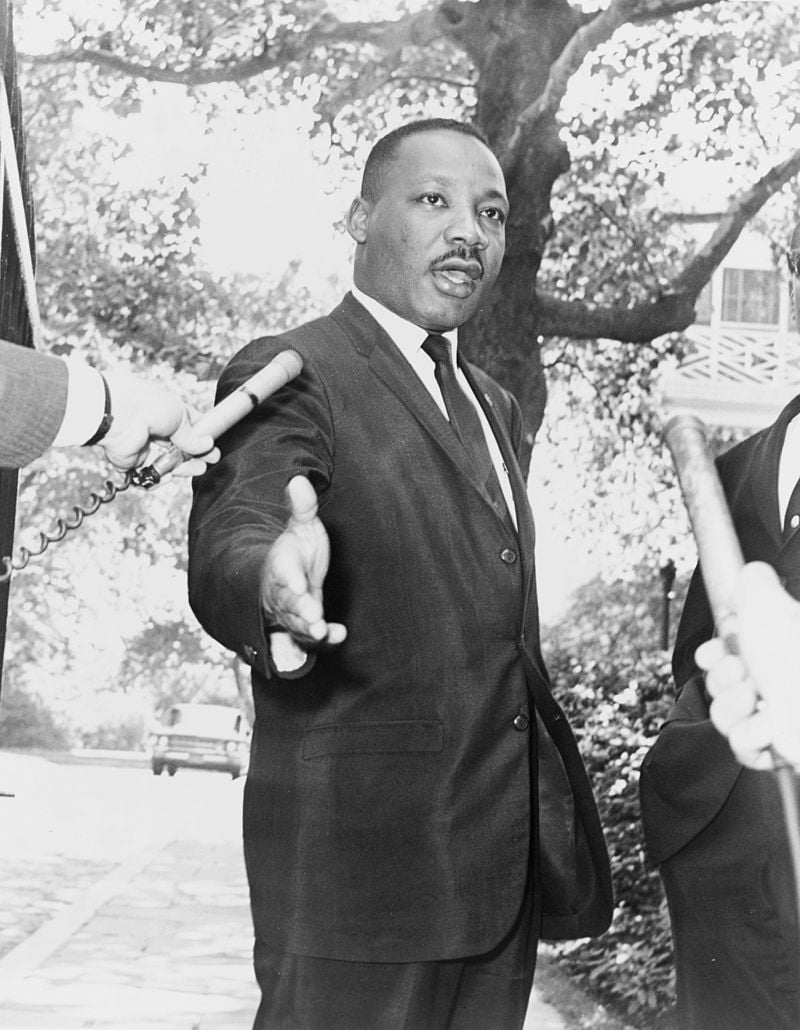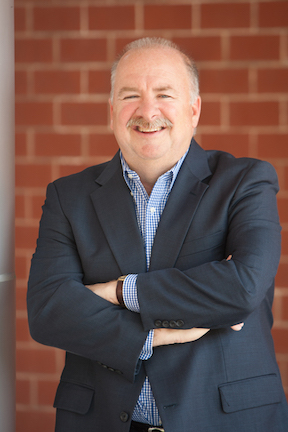
Be the Change
He was a powerful voice for the dissatisfaction of how things were and an inspiring vision for what was possible. And, importantly, an organizing impetus for concrete steps toward that vision.
What he represented – along with many others like him in those days – was change from the way things were which is another way to say ‘resistance.’ And therein laid bare was the tension in the civil rights movement – the forces for change pitted against the forces for status quo/resistance.
When reflecting on the Martin Luther King Jr. holiday weeks ago – celebrating his life – it occurred to me that he was a historic change agent and his story was an excellent illustration of the classic change-management formula:
D x V x F > R
D: Dissatisfaction with how things are now, multiplied by
V: Vision of what is possible, multiplied by
F: First, concrete steps that can be taken toward the vision
And if the product of these three factors is greater than
R: Resistance/Cost of Change, then change is possible.
Because D, V and F are multiplied, if any one factor is absent (zero) or low, then the product will be zero or low and therefore not capable of overcoming the resistance/cost of change.
The formula was created in the early 1960’s, and later refined in the 1980’s before becoming the textbook model to assess the likelihood of success of change-management programs/initiatives. I was fascinated to think that Dr. King could have been an early adopter of it, or, instead, that its creator modeled what Dr. King was doing. It is a very familiar formula - we use it in our sales process and periodically apply it to other aspects of our business.
In applying it to our business, the stakes are not nearly as high as those which King and others faced – the resistance we face is just rejection – but the formula is the same.
In King’s time the ‘D’ was overt and visceral, and in some instances, powered by incredibly horrible events. So you would think the D, V and F would greatly outweigh the R. After all the three are multiplied! So maybe it was the D that was being resisted and not the V or F – or maybe it was the V or the visionary – and not the D, or even the F. But the resistance was overt and visceral as well, leading to one of the most divisive times in our history.
So why is R -- resistance – such a powerful force? Because it’s easier to not change. We get used to things and like predictability. We like that quality in our lifestyle and our ways of life, and we like that in our businesses. Maintaining the status quo – so we resist change. And that seems to always outweigh the D, V and F – multiplied!
Except that I think an overlooked version of D is emerging and changing the formula by outweighing everything on its own: consumer demand.
Think Uber for instance. In less than 10 years it went from a frustration to a verb and a $ 100 million company. How did they do it? They tapped into an intense latent consumer demand that had been frustrated with the taxi business for generations. It was something consumers wanted, but did not actually know they wanted it until they had it. They were accepting of the status quo and seemingly believed it was not going to change. Then think Apple and the I-phone. We didn’t even know we wanted/needed it and today we cannot live without it. Then there is Zillow. They took the online home shopping experience from Zero to 90% in twelve years. And their entry into the mortgage business makes one wonder what latent consumer demand they have their finger on?
And you can also think Ford. Just a month or so ago, it announced it was no longer going to produce sedans, and instead concentrate on building SUV’s. Why? Because that is what consumers wanted – sedans were not selling well, and SUV’s were flying off the lots. Imagine the discussions in their management team meetings; the voices for the status quo (a/k/a ‘the resistance!’): the ‘we’ve always made sedans’ voices. And, ‘our business was founded on a sedan, the Model T’ and ‘we have factories all over the world and millions (maybe billions) of dollars invested in them and we can’t close them down……..imagine the cost’ voices’ Meanwhile the changing consumer demand shifted the market pretty radically and rapidly for Ford, but ultimately the voice of the consumer won out and the right hard choices were made, and the sedan was eliminated.
All are examples of consumer demand being greater than the resistance to the change it represented, so it made me wonder if perhaps a new change management formula is emerging wherein CD (consumer demand) replaces D, or, if CD alone was enough to overcome resistance: CD > R.
If that is true, what are the implications for the mortgage business? What is the frustration with how things have always been that we can identify and tap into (Uber)? What is the thing consumers need that they don’t know they need (I-phone and Zillow)? What is the thing we have always done – or done a certain way – that consumers/customers no longer are buying; and what are they buying instead (Ford)?
What is the customer/consumer in the real estate transaction telling us that we are not hearing or seeing? For each of the examples, the consumer demand was observed or discerned, but it seemed to come to them from having a curious mindset (Uber) and/or a ‘what-if’ willingness to tinker or explore an idea (Apple & Zillow) or a willingness to truly embrace the voice of the customer (Ford) over the voice of legacy thinking.
In all the examples cited, the company that tapped into delivering what the customer wanted flourished.
So the reality in business is that change is inevitable – certain – so the first question is whether you want to be the change, or be changed, and if the answer to the first question is be the change, the next question is how – and that leads you to finding a way to tap into what the customer wants and delivering on it. A classic definition of ‘Find a need and fill it.’
Dr. King was promoting social change – perhaps the most difficult version of change to attempt. And he was doing it without the tools that we have today that accelerate change: being connected through technology. It made me think that if Dr. King had today’s tools, would he have been able to advance change faster and further? He did not live to see how his V and his F chipped away at the R, but eventually, the R was overcome. The operative word there is ‘eventually.’
I guess a takeaway message is that when tapping into what the customer/consumer wants or the people want, resistance is futile.

|
This month’s Mylines was authored by Jim ODonnell, our President, and is a reprint of one of his Morning Jim blogs which he shares with the company every Monday. |
 |
By: Equity National Title March 11, 2019 Uncategorized

0 Comments
Add new comment